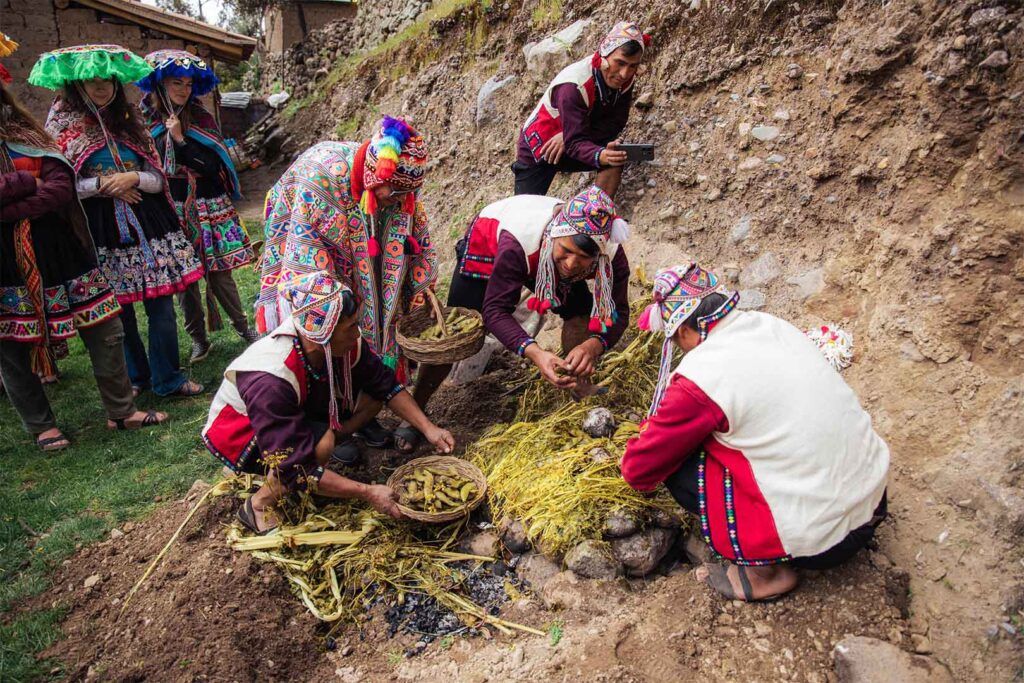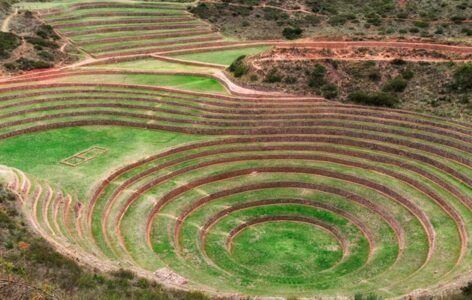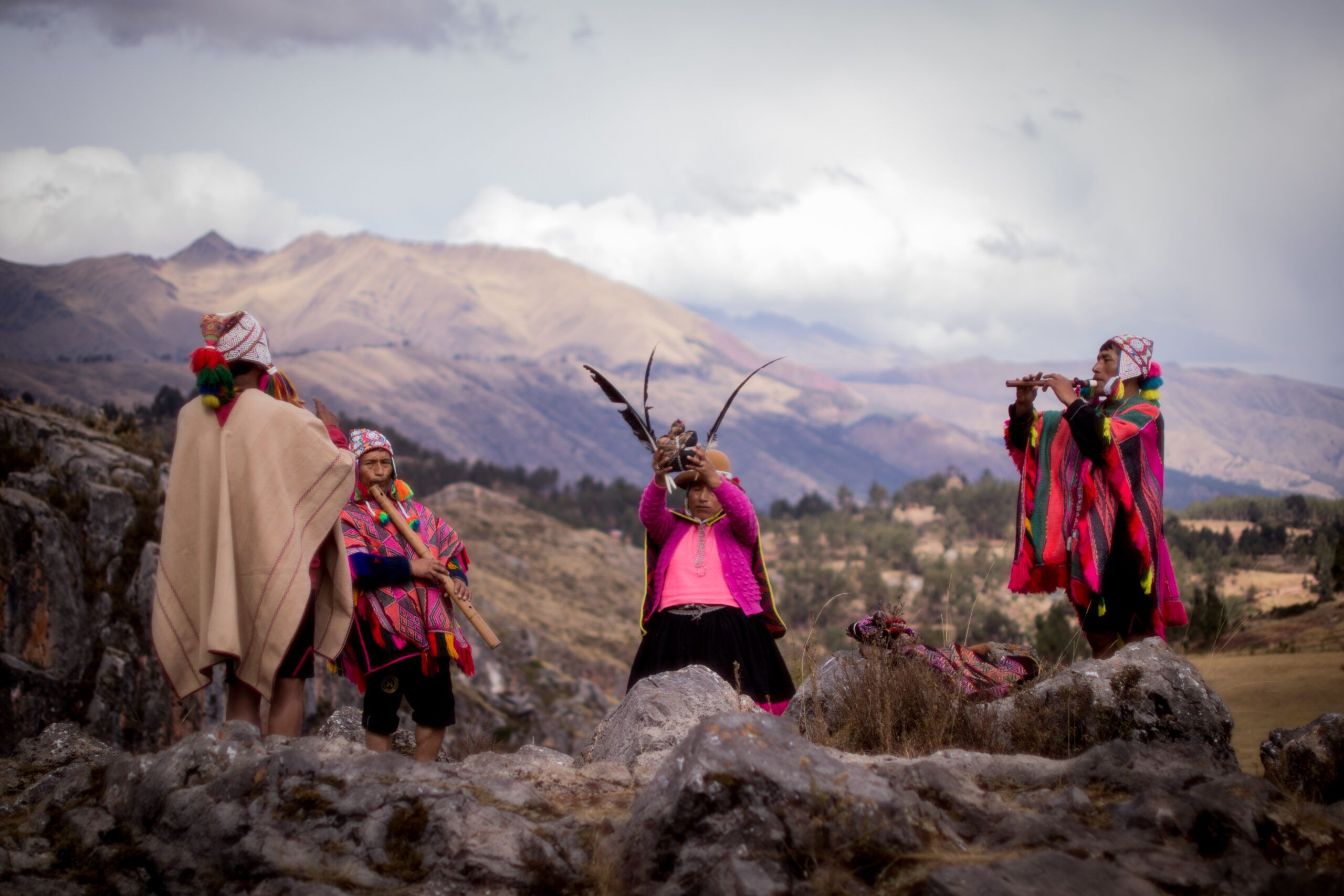Few crops in human history carry as much cultural, spiritual, and ecological significance as the potato. In the Andes, the potato is more than food—it is life, ritual, and ancestral legacy. The native peoples of Peru, particularly in regions like Cusco, Puno, and Ayacucho, have cultivated this humble tuber for over 8,000 years, preserving not just its biological diversity, but also its place in the cosmos of Andean worldview.

Where the Potato Was Born

Modern science confirms what Quechua farmers have always known: the potato (papa) originates from the high Andes of southern Peru and northern Bolivia. The region around Lake Titicaca is considered the cradle of domesticated potatoes, where early farmers selectively bred wild tubers to develop the incredible variety we see today (CIP, 2021).
Andean farmers did not achieve this agricultural feat by accident—they cultivated it through a sacred relationship with the land, especially with Pachamama (Mother Earth), who they believe gifts crops when humans live in ayni (reciprocity) with her.
Biodiversity: A Living Treasure
Peru alone has over 4,000 native potato varieties, known locally as papa nativa. These include a rainbow of colors—purple, yellow, red, blue—and a wide range of flavors, textures, and nutritional profiles.
Some varieties bear poetic names in Quechua, such as:
- Qeqorani (purple skin),
- Puka sonqo (red heart),
- Yuraq llimpi (white frost).

Each type is suited to a specific altitude, soil, and microclimate, making the potato a symbol of Andean ecological intelligence and adaptation (Brush, 2004).
The Potato as a Sacred Being
For the Andean farmer, the potato is a living being with soul. It is planted with prayer, often accompanied by offerings to Pachamama and the Apus (sacred mountains). The first potato of the season is never eaten—it is returned to the earth as an offering of gratitude.

Andean communities perform rituals such as the Pago a la Tierra (Payment to the Earth) before planting and harvesting. During these ceremonies, they offer coca leaves, chicha (corn beer), and even small potatoes in a spiritual dialogue with nature.
In this way, agriculture becomes ceremony, and the potato becomes a bridge between the human and the divine (Mann, 2011).
Chuño and Moraya
The potato is also transformed into long-lasting foods through ancient preservation techniques:

Chuño is made by freeze-drying potatoes under the open sky, a process perfected over millennia in the cold, dry Altiplano.
Moraya is a white, bitter variant, soaked in rivers and dried for months.
Both are sacred foods, used in ritual meals, offerings, and times of hardship. They symbolize Andean resilience—turning vulnerability into sustenance and memory.
Potato and Identity
In Andean communities, people identify themselves not by land ownership but by which potatoes they grow. The tuber is a marker of lineage, tradition, and local knowledge passed down through generations.

The Papa Arariwa, or guardian of the potatoes, is a respected figure in many highland villages. These individuals carry the oral traditions, planting calendars, and spiritual protocols related to each variety.
In this sense, the potato is not just food—it is culture, language, and ancestral continuity.
Global Impact, Local Wisdom
While the potato now feeds the world, few know that its roots are spiritual and Indigenous. From French fries to mashed potatoes, the tuber’s global journey began with the Quechua and Aymara peoples who honored it as sacred.
The story of the potato is the story of the Andes: of diversity, resilience, sacred reciprocity, and deep ecological wisdom. To eat a native potato is to taste a living connection to Pachamama, to honor thousands of years of Indigenous stewardship, and to remember that what nourishes the body can also nourish the spirit.

Bibliography
- Brush, S. B. (2004). Farmers’ Bounty: Locating Crop Diversity in the Contemporary World. Yale University Press.
- CIP – International Potato Center. (2021). “The Origin and Evolution of Potatoes.”
- Mann, C. (2011). 1491: New Revelations of the Americas Before Columbus. Vintage Books.
- Zimmerer, K. S. (1996). Changing Fortunes: Biodiversity and Peasant Livelihood in the Peruvian Andes. University of California Press.
- Matos Mar, R. (2002). El mundo ceremonial andino. Fondo Editorial del Congreso del Perú.



